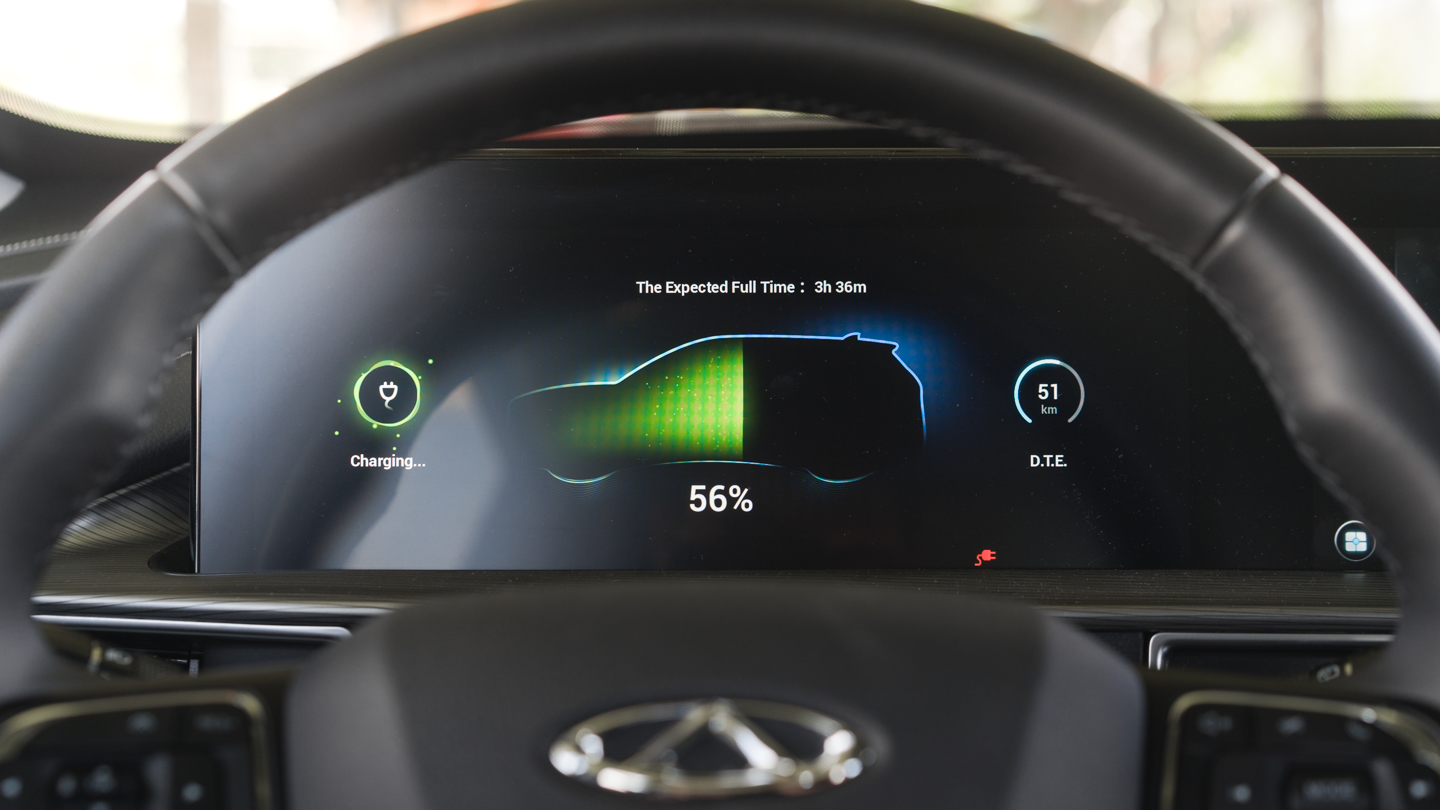
A little more than a year ago, RA 11697 AKA the PH Electric Vehicle Act passed into law. It was then renamed the Electric Vehicle Industry Development Act (EVIDA), and it covered provisions from non-fiscal incentives, EV taxation, and the building of infrastructure necessary to support electrified vehicles. A lot has already been said and published about these, but there are some small details that you might have missed.
Small details, but very important ones.
Exemption from MMDA Coding under RA 11697, zero taxes, and EV infrastructure
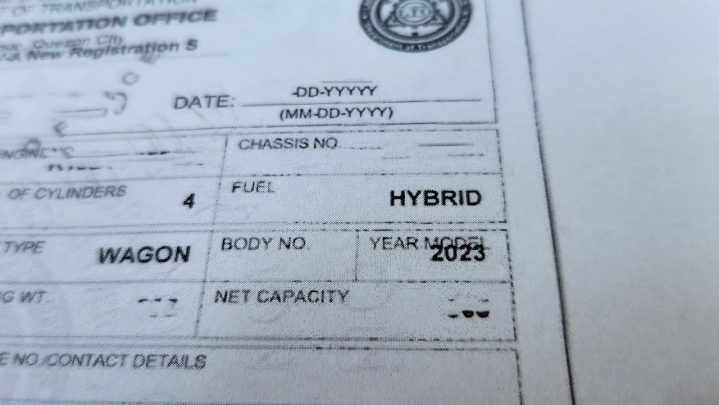
Let’s get to the first, which is regarding the exemption of hybrids and electric vehicles from MMDA Coding. Under Chapter IV Section 25 (a)(2) of RA 11697, EV users get an “Exemption from… unified vehicular volume reduction program, number-coding scheme, or other similar schemes…by the Metro Manila Development Authority, other similar agencies, and LGUs”. We were able to confirm this with the MMDA, and you can find their response here 19.
The fine print that many may have missed, though, is that in the description of Section 25, it was also stated that “The following non-fiscal incentives shall remain in force for eight (8) years from the effectivity of this Act”. Summarized, having an EV or hybrid does not permanently exempt you from Coding, it’s only good for 8 years. Well, around 7 remaining, if we’re to be specific.
This was a very big, important, and strong draw for the public to start considering EVs and hybrids, but after seeing this particular detail, where does that leave this “option”? The fact is, there have been no updates on RA 11697’s implementation and developments one year hence, and whether this will be amended or extended is still up in the air.
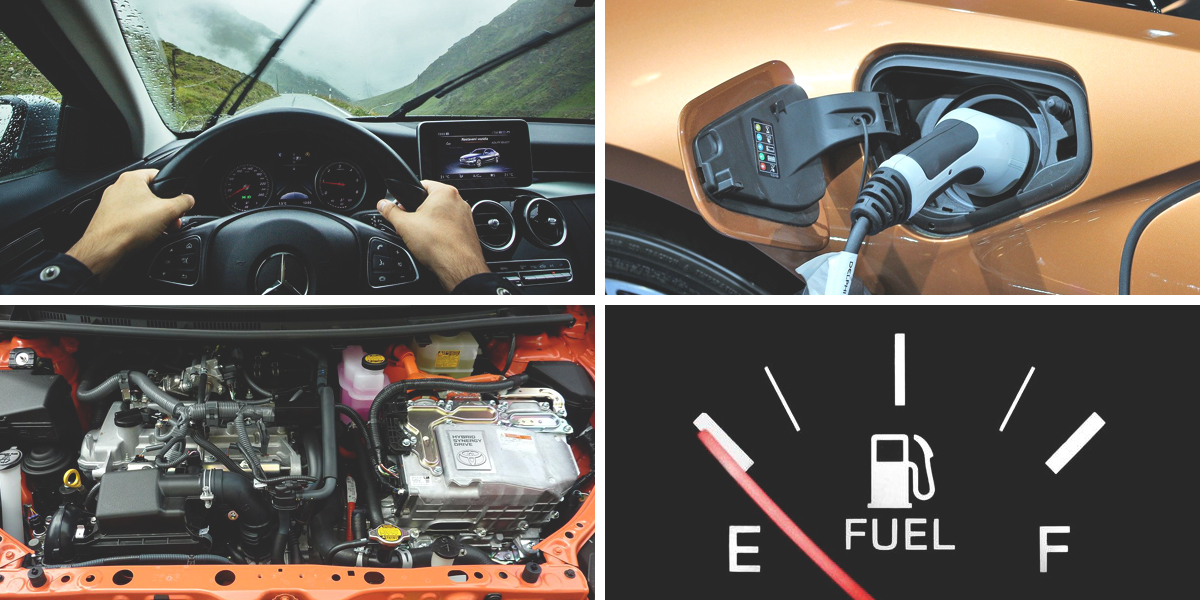
Next, let’s get to the tax on electric vehicles. Earlier this year, PBBM signed Executive Order 12 (EO 12), which cuts electric vehicle import duties to zero. Most automobiles have a 30% tariff but that’s now been taken out of the EV equation; that is, for the next 5 years. Again, this should make purchasing and owning, and maintaining these types of vehicles easier on the pocket, so that’s a good thing. But what happens after the 5-year prescription period of EO 12? Will it likewise be extended? That much is, for now, uncertain.
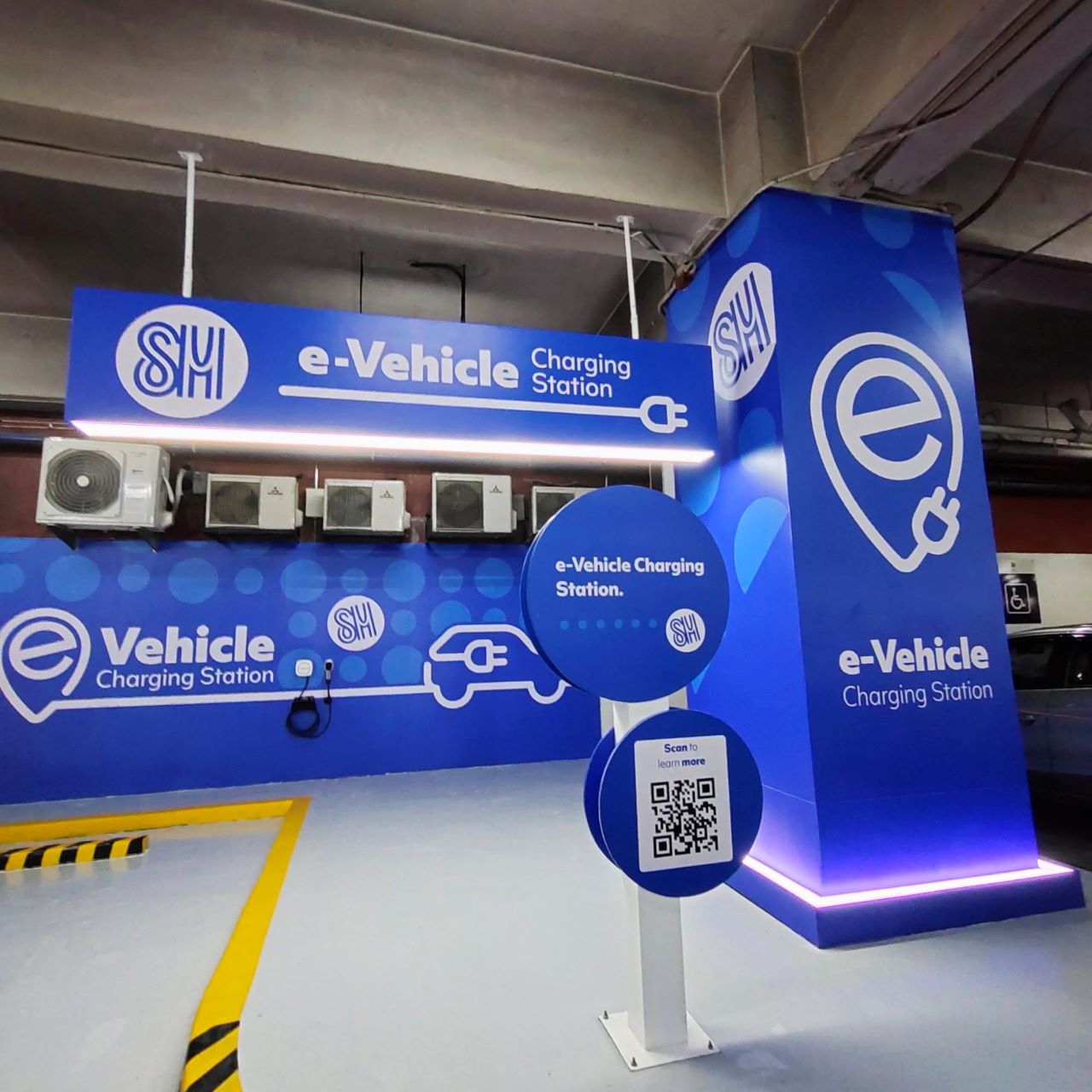
Photo: SM City Marikina Twitter
Moving on, and further found in Chapter IV Section 24 (b) Paragraph 2 of RA 11697 is “The importation of completely built units of charging stations shall be exempt from the payment of duties for eight (8) years from the effectivity of this Act”. Thus far we’ve seen a lot of establishments like malls and dealerships putting up charging stations for the benefit of EV users, and that’s good. But one year hence, are they enough to make EVs (and hybrids) a sustainable and affordable option? Let’s leave that question right here.
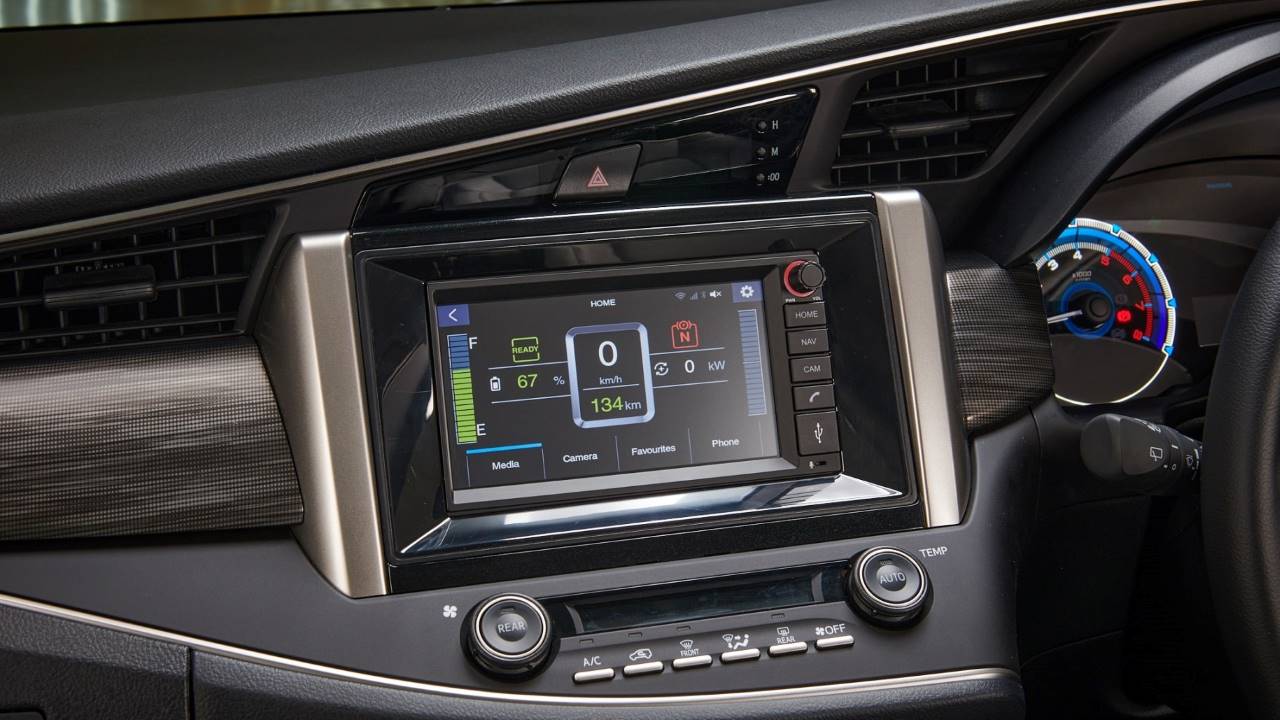
Photo: Toyota
Finally, Chapter V Sections 31 and 32 of RA 11697 do leave space for the continued enforcement and effectivity of all its provisions, as well as the repealing or modifications of any inclusions therein. But we again get to the nitty gritty.
It has been about a year since RA 11697 became a law, and thus far, despite published news and articles, there hasn’t been much follow up and not much has been discussed about its progress. Yes, we can see that cars are not being flagged for Coding, that prices are seemingly becoming more affordable (in a manner of speaking), and infrastructures are mushrooming in a lot of places, but it would be great if these aforementioned details are discussed further and more openly.
The biggest threat we see with the current state of RA 11697 is planned obsolescence, and God forbid the “Ningas Kugon” of all relevant branches of government and corporations that will start strong but eventually fizzle out with not so much of a sputter when it comes to the support of vehicle electrification.
We have a great thing going on with EVIDA, and it would be a really sad story if it all goes to waste. All the efforts are being exerted, and all channels and avenues are being maximized, we see that. But for the long haul, what more does it really hold in store for the EV motoring public? What can and should we expect? What else is in the pipe, and will consumers get their money’s worth while being friendlier to Mother Nature?
We have questions, and we hope we get some answers.





Imagine that!
Some countries envision to go all EV between 2030 to 2040, and we will be removing the incentives for owning or purchasing an EV down the road…. 🙁